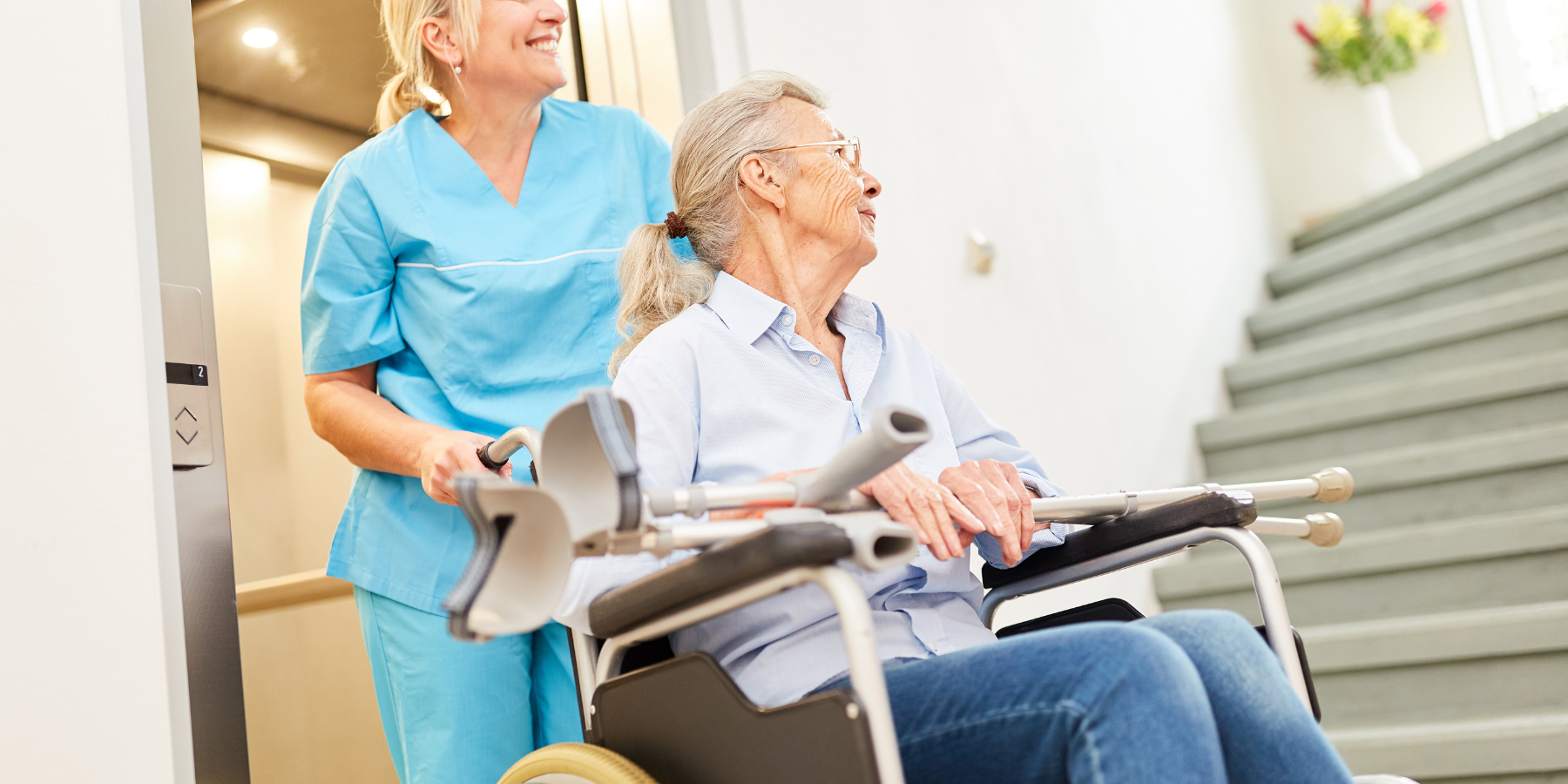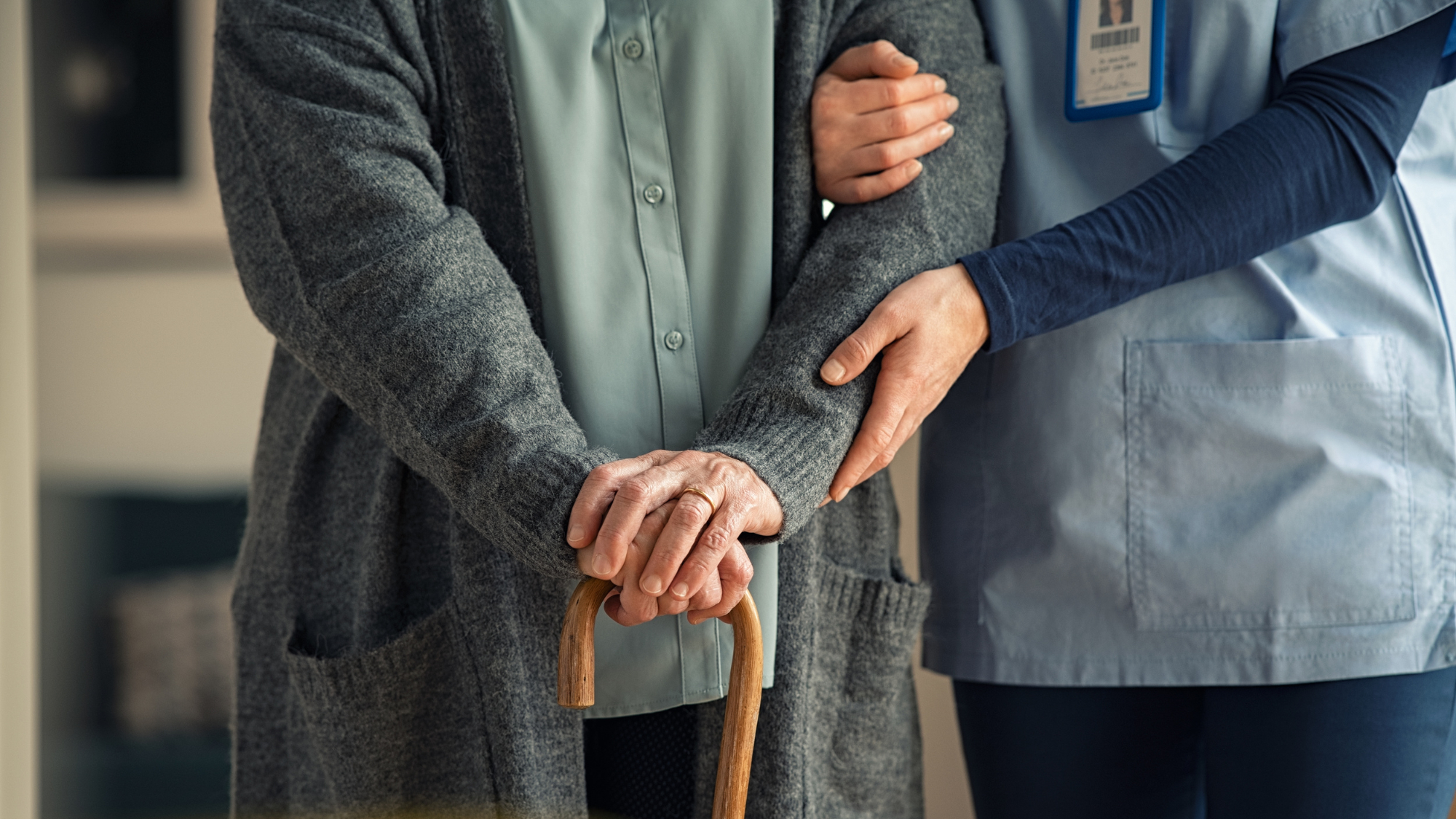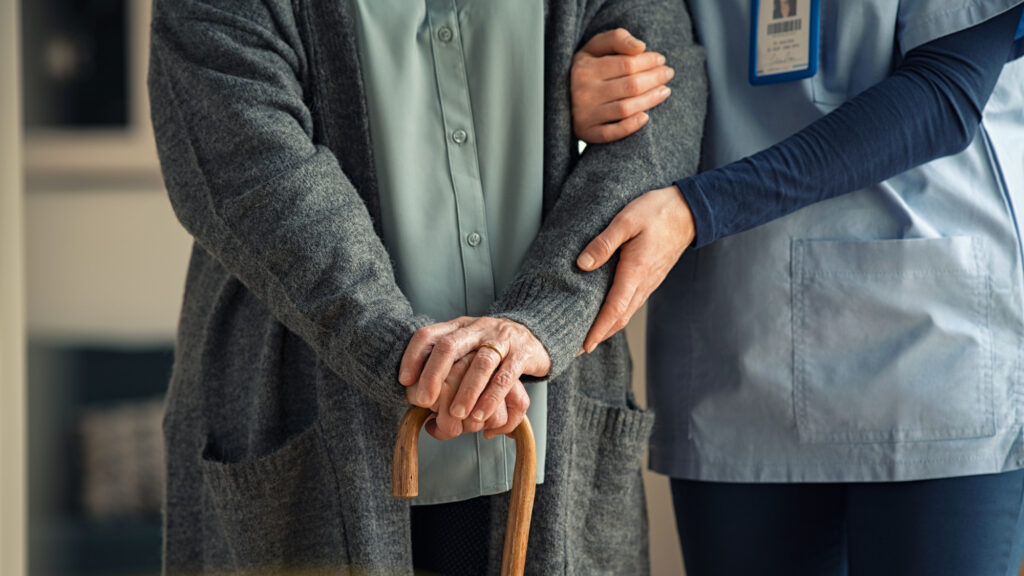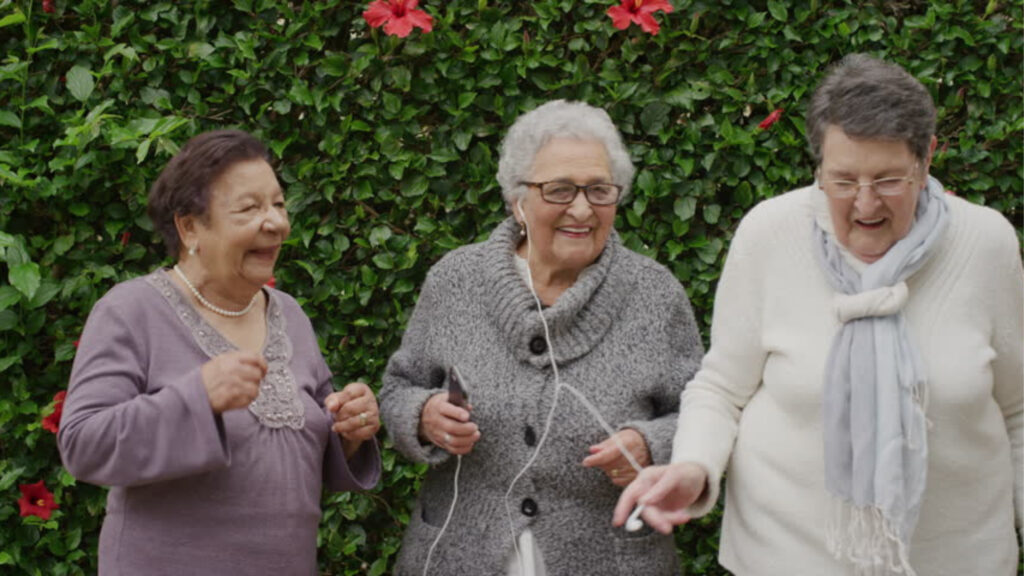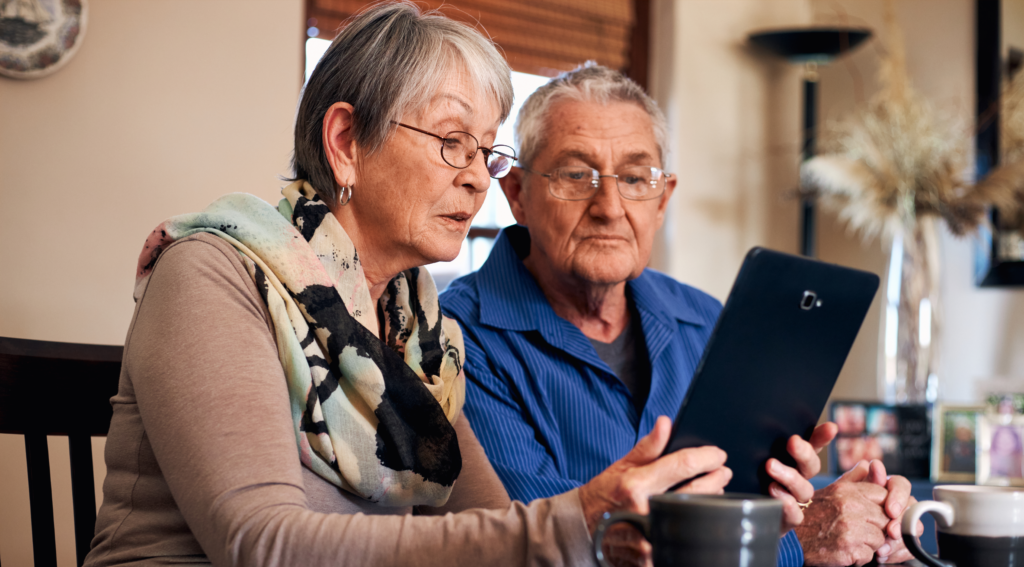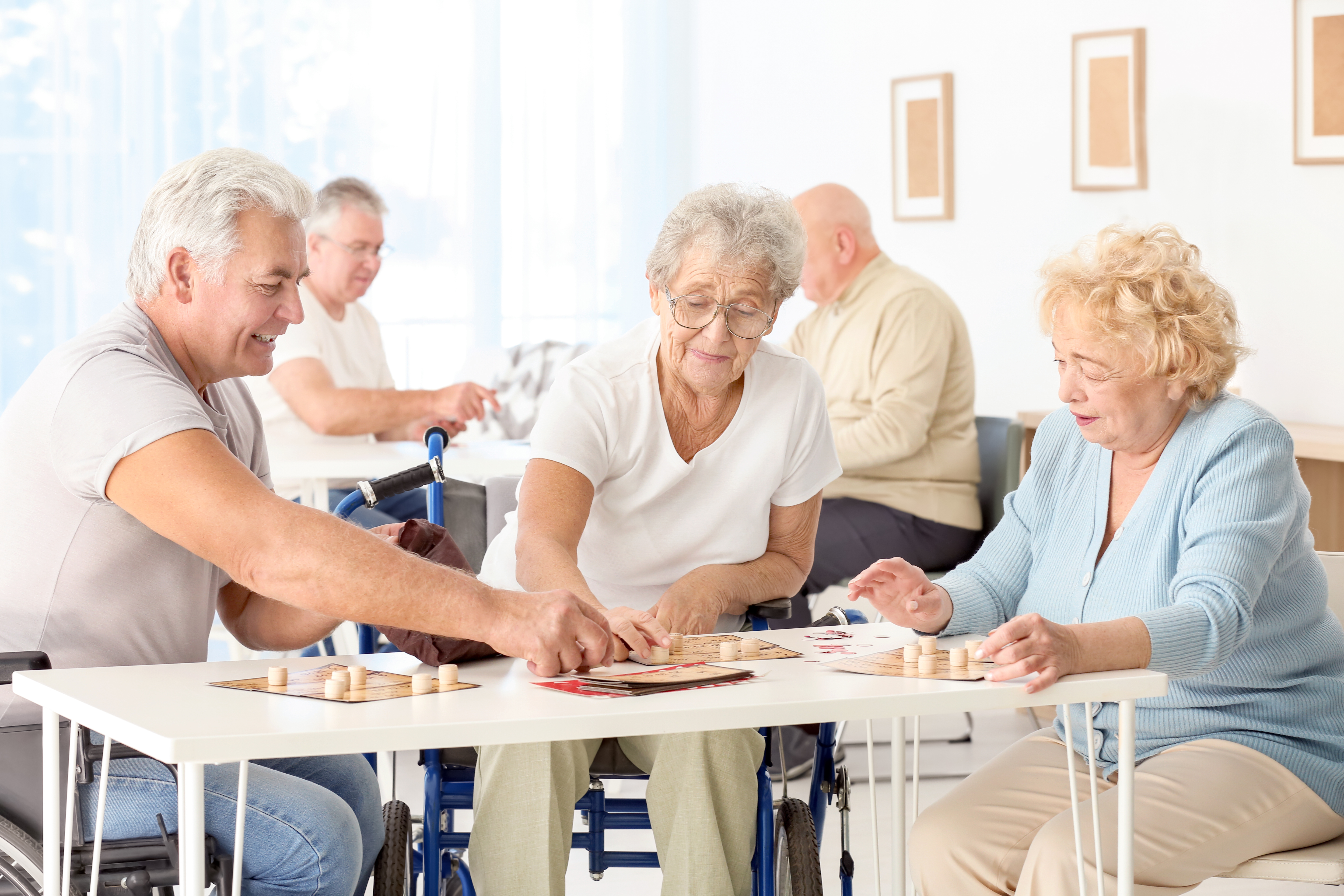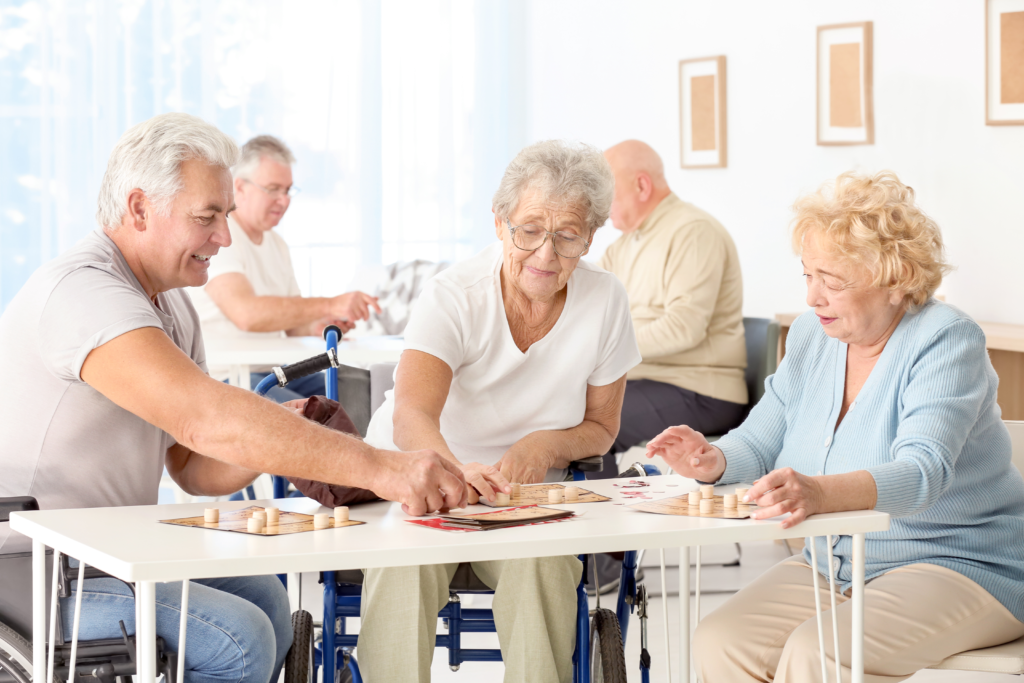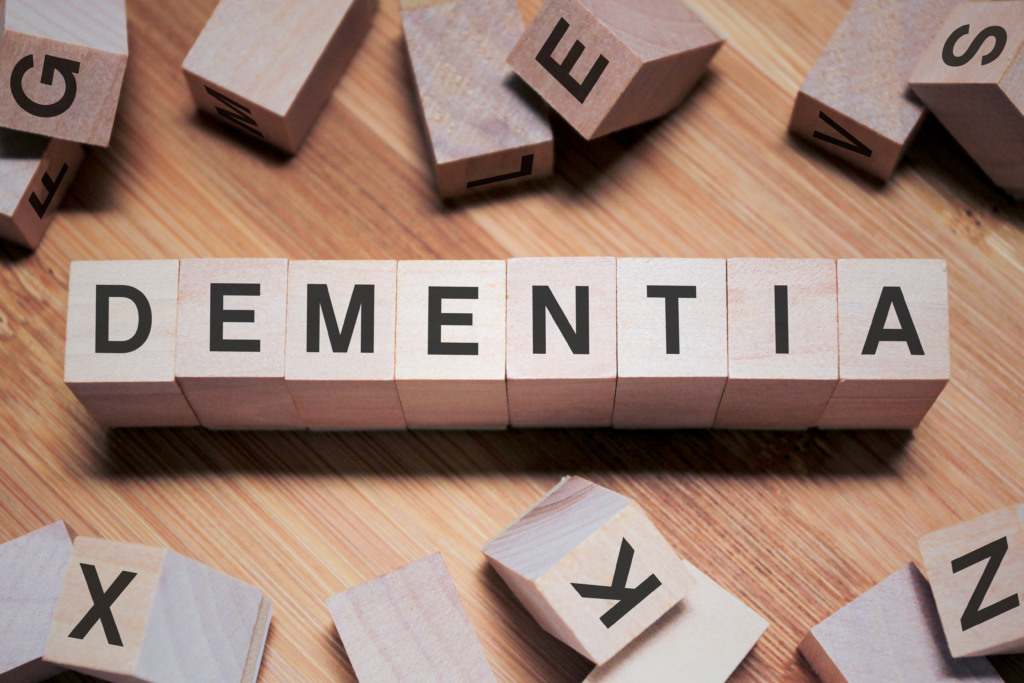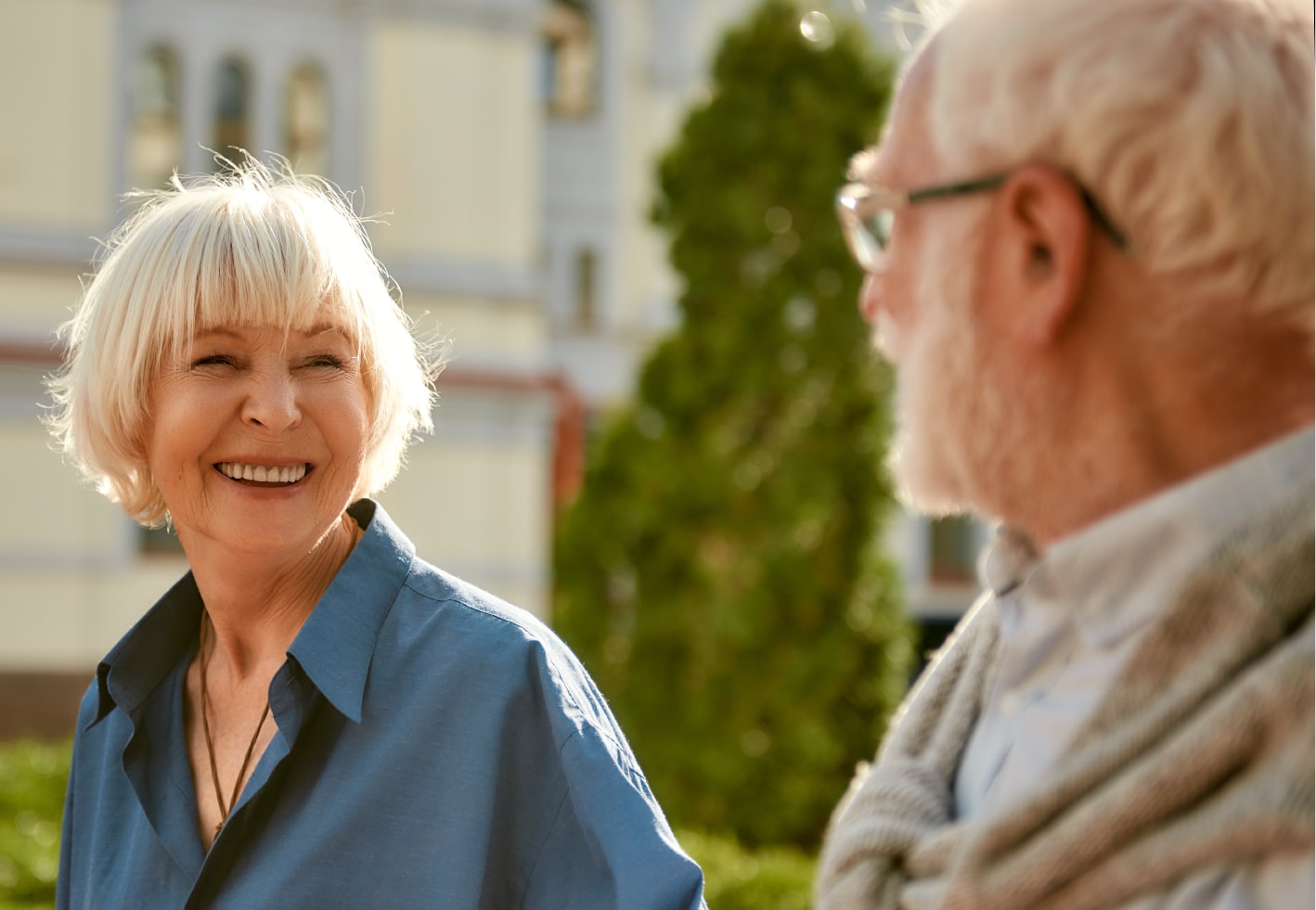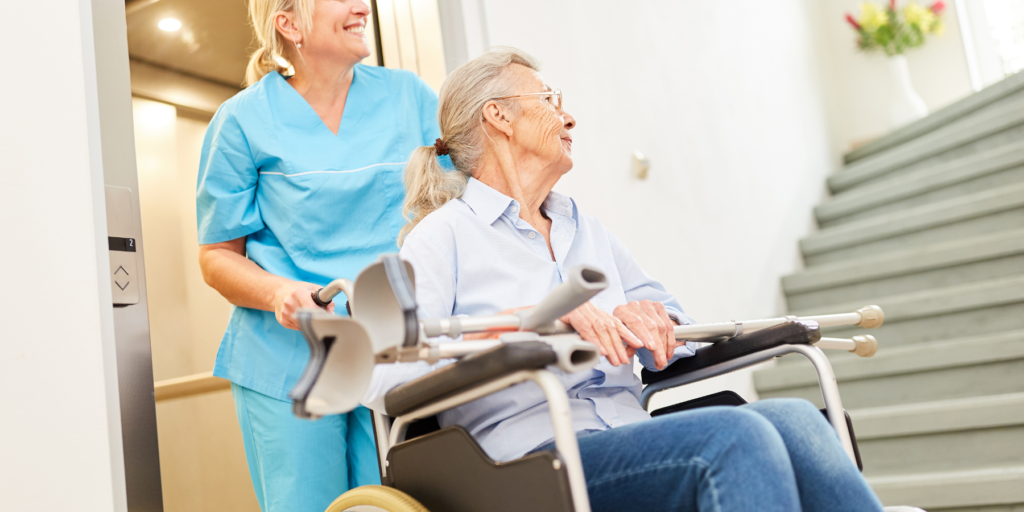
As our loved ones age, mobility issues can become a significant concern. It’s crucial to create a safe and comfortable living space for seniors with limited mobility, ensuring they can maintain their independence and quality of life. In this blog post, we’ll explore various ways to adapt a senior’s living environment to promote safety, comfort, and ease of movement.
Assessing the Home Environment
Before making any changes to a senior’s living space, it’s crucial to conduct a thorough assessment of the home environment. Identifying potential hazards or obstacles that may hinder mobility is the first step in creating a safer and more accessible space. Here are some key areas to focus on during the assessment:
Tight Spaces and Narrow Pathways
Examine the layout of the home and identify any tight spaces or narrow pathways that may be difficult for seniors with mobility issues to navigate. Keep in mind that walkers, wheelchairs, and other mobility aids often require extra space for maneuvering. Wider doorways and open floor plans can make it easier for seniors to move around their living space.
Clutter and Obstructions
Clutter and obstructions in the home can pose significant risks for seniors with mobility issues, as they can contribute to falls or impede movement. Carefully inspect each room for unnecessary items, furniture, or other obstructions that could be removed or rearranged to create clear pathways and reduce tripping hazards.
Inadequate Lighting
Inadequate lighting can make it difficult for seniors to see potential hazards and navigate their living environment safely. Check each room for proper lighting, paying particular attention to hallways, stairs, and other high-traffic areas. Consider adding additional light fixtures, lamps, or nightlights where needed to ensure a well-lit environment.
Flooring and Surfaces
Inspect the flooring and surfaces throughout the home, as certain materials can be slippery or difficult for seniors with mobility issues to traverse. Carpets, in particular, can pose challenges for those using walkers or wheelchairs. Consider replacing high-pile carpets with low-pile options or hard flooring materials that are easier to navigate. Additionally, ensure that all flooring surfaces are free of loose or uneven areas that could contribute to falls.
Furniture and Accessibility
Take a close look at the furniture arrangement in the home, as well as the accessibility of frequently used items. Are there enough places for the senior to sit and rest? Is the furniture supportive and easy to get in and out of? Are items that the senior uses regularly, such as medication, phone, or remote controls, easily accessible? Adjusting furniture placement and ensuring essential items are within reach can make a significant difference in a senior’s comfort and independence.
Enhance Safety in High-Risk Areas
Certain areas of the home, such as the bathroom and kitchen, pose a higher risk of falls or accidents for seniors with mobility issues. To create a safer living environment, it’s important to focus on enhancing safety in these high-risk spaces. Here are some suggestions on how to do so:
Bathroom Safety
- Install grab bars: Place grab bars near the toilet, bathtub, and shower to provide support and stability when sitting, standing, or moving around.
- Use a shower chair or bench: A shower chair or bench can help seniors with mobility issues bathe safely and comfortably without the risk of slipping.
- Add non-slip mats: Use non-slip mats or adhesive strips in the bathtub and shower, as well as on the bathroom floor, to reduce the risk of slips and falls.
- Consider a walk-in tub or curbless shower: Walk-in tubs or curbless showers can make it easier for seniors with mobility issues to enter and exit the bathing area without having to step over a high ledge.
- Adjust water temperature settings: To prevent burns or scalding, set the water heater temperature to 120°F (49°C) or lower.
Kitchen Safety
The kitchen can also be a challenging area for seniors with mobility issues, as reaching, bending, or lifting may be difficult. To improve kitchen safety:
- Rearrange items for easy access: Store frequently used items, such as pots, pans, dishes, and utensils, in easy-to-reach locations, such as lower shelves or drawers.
- Install pull-out shelves and drawers: Pull-out shelves and drawers can make it easier for seniors to access items without straining or reaching.
- Use non-slip mats: Place non-slip mats under rugs and in front of the sink, stove, and other high-traffic areas to reduce the risk of slips and falls.
- Consider an adjustable-height countertop or table: An adjustable-height countertop or table can accommodate seniors with mobility issues who may have difficulty standing for long periods or need to sit while preparing meals.
- Ensure proper lighting: Make sure the kitchen is well-lit, especially in areas where food preparation and cooking take place. This can help seniors see better and avoid accidents or injuries.
Invest in Mobility Aids
For seniors with mobility issues, investing in mobility aids can significantly enhance their independence and quality of life. These aids can help seniors navigate their living environment more easily, prevent falls, and reduce the strain on their muscles and joints. Here are some common mobility aids to consider:
Walkers or Rollators
Walkers and rollators provide support and stability for seniors who have difficulty walking or maintaining their balance. They can help prevent falls and reduce the risk of injury.
- Walkers: Standard walkers have four legs and require the user to lift the device and move it forward with each step. Some models come with wheels on the front legs for easier movement.
- Rollators: Rollators are similar to walkers but have four wheels, a seat, and hand brakes. They provide more stability and support, and the seat allows the user to rest when needed.
Wheelchairs or Scooters
Wheelchairs and scooters are ideal for seniors with limited mobility or those who cannot walk long distances. They can help seniors maintain their independence and participate in daily activities more comfortably.
- Wheelchairs: Manual wheelchairs are propelled by the user or an assistant, while power wheelchairs are battery-operated and controlled with a joystick. Choose a model that best suits the user’s needs and abilities.
- Scooters: Mobility scooters are battery-operated and come in various sizes and styles. They are ideal for seniors who can still walk short distances but need assistance for longer trips.
Stairlifts or Chairlifts
Stairlifts and chairlifts are useful for seniors who have difficulty navigating stairs due to mobility issues. They provide a safe and comfortable way to move between floors in multi-level homes.
- Stairlifts: A stairlift is a motorized chair that runs along a rail attached to the staircase. It allows the user to sit comfortably and be transported up or down the stairs.
- Chairlifts: Chairlifts, also known as platform lifts or vertical lifts, are designed for wheelchair users. They consist of a platform that raises and lowers the user, along with their wheelchair, between floors.
Transfer Aids
Transfer aids assist seniors with mobility issues in moving between different positions, such as from a bed to a wheelchair or from a chair to a standing position. These aids can help prevent injuries and provide additional support during transfers.
- Transfer poles: A transfer pole is a floor-to-ceiling pole that provides support and stability for seniors during transfers. They can be installed in various locations, such as beside a bed or next to a favorite chair.
- Pivot discs: A pivot disc is a rotating platform that allows seniors to turn more easily during transfers. The user stands on the disc, and the caregiver helps them rotate to the desired position.
Encourage Independence and Comfort
Fostering a sense of independence and comfort in a senior’s living space is crucial for their overall well-being and quality of life. By making a few adjustments and additions to their environment, you can help create a more supportive and enjoyable atmosphere. Here are some suggestions to promote independence and comfort:
Ensure Essential Items Are Easily Accessible
Make sure that essential items are within easy reach for seniors with mobility issues. This can help reduce the risk of falls or accidents and increase their sense of independence. Some ways to achieve this include:
- Placing frequently used items, such as remote controls, medication, and phones, on nearby tables or shelves
- Installing grab bars or shelves at a suitable height in the bathroom and kitchen for easy access to toiletries and kitchen utensils
- Using a bedside caddy to store essentials, such as reading glasses, books, or a water bottle, within arm’s reach
Provide Comfortable Seating Options with Proper Support
Comfortable seating is essential for seniors with mobility issues, as they may spend more time sitting due to their limited mobility. To ensure their comfort, consider the following:
- Choose chairs with proper lumbar support to maintain good posture and alleviate back pain
- Opt for seating options with armrests to provide extra support and assist with standing up
- Use cushions or pillows to provide additional comfort and adjust the seat height if necessary
- Consider a lift chair, which can help seniors transition from sitting to standing more easily
Create Designated Areas for Relaxation and Socializing
A well-organized and inviting living space can help seniors feel more comfortable and encourage socialization. To create designated areas for relaxation and socializing, consider these tips:
- Set up a cozy reading nook with a comfortable chair, a side table, and a reading lamp
- Arrange furniture to facilitate conversation and interaction, such as placing chairs and sofas facing each other
- Dedicate a space for hobbies and interests, such as a crafting area or a small home office
- Ensure that there is ample lighting in all areas of the living space to reduce eye strain and create a warm ambiance
Let Valley Senior Advisors Help You Find the Perfect Assisted Living Community
At Valley Senior Advisors, we understand that finding the right assisted living community for your loved one can be a challenging and emotional process. Our knowledgeable and compassionate team is here to guide you through every step of the journey, providing personalized assistance and support.
We will work closely with you and your loved one to understand their unique needs, preferences, and lifestyle. Using our extensive network of assisted living communities, we will help you find the perfect match to ensure your loved one’s safety, comfort, and happiness.
Don’t hesitate to reach out to Valley Senior Advisors for expert guidance in finding the ideal assisted living community for your loved one with mobility issues. Contact us today at 480-331-8855 or office@valleysenioradvisors.com, and let us help you navigate this important decision with confidence and ease.


